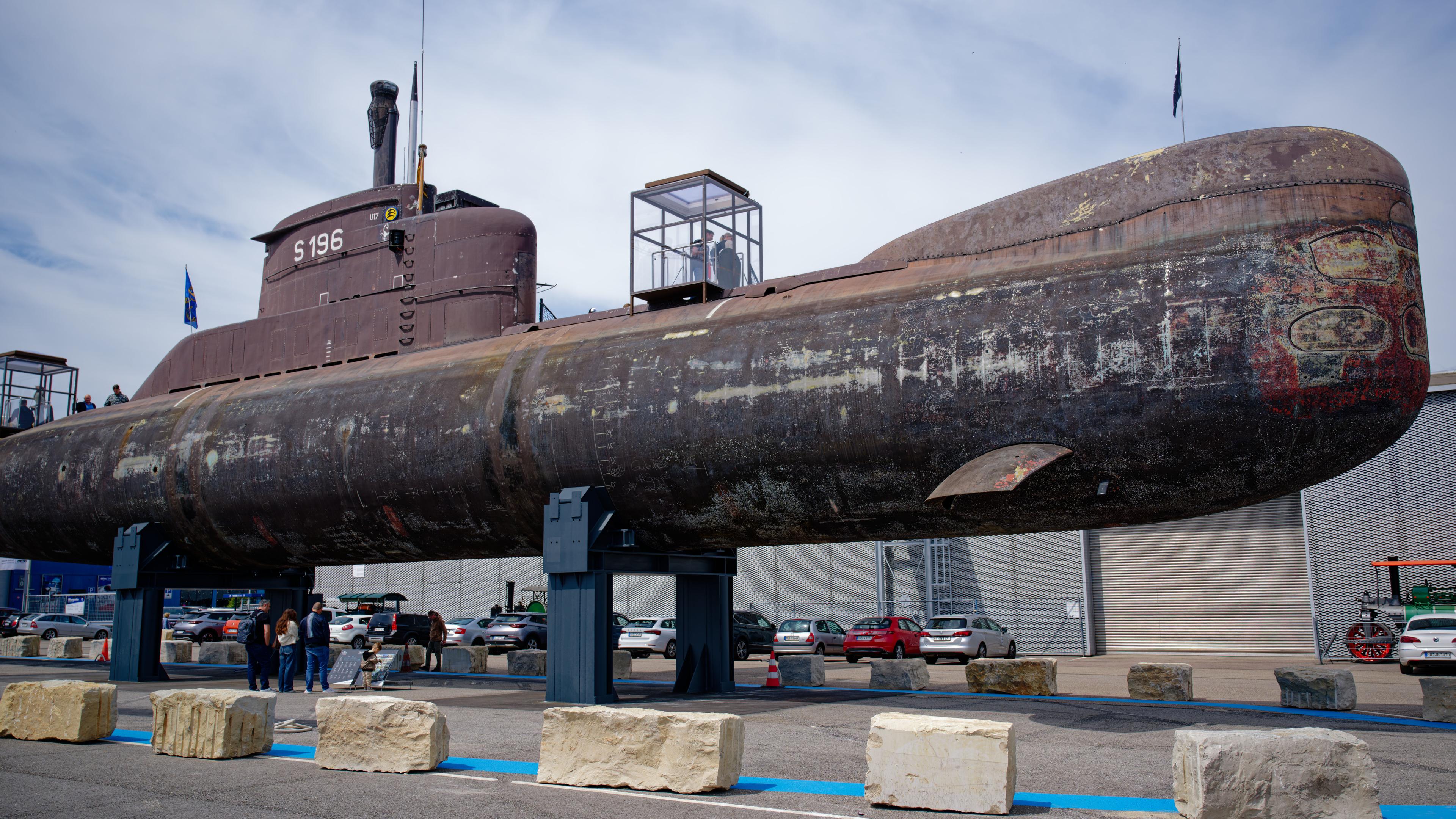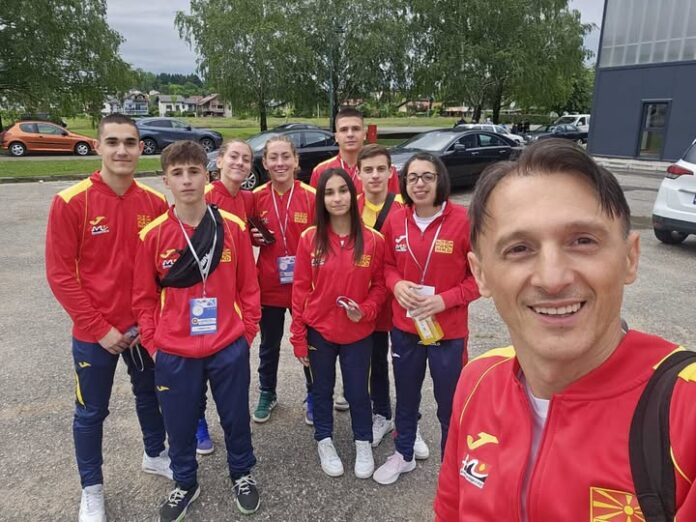-A historyless shot in the foot of Finnmark
While the rivers in East Finnmark are closed in an attempt to protect our endangered Atlantic salmon, another, foreign entrusts up our watercourses: the humpback salmon.
This unwanted guest, who dies and rot after spawning, threatens the ecosystems and the drinking water (the Environment Directorate). Ironically, at the same time, the sea is closed for traditional fishing, a practice that for generations has been a mainstay in the lives of the Sami and Finnmarks.
The acute threat to our local salmon is real, and measures to protect it are necessary. Nevertheless, today’s management, which not only appears inconsistent and unfair, but also direct counterproductive. For example, the electricity fishing in the Tanavassdraget closed in 2025 on the basis of the precarious situation for the salmon populations (regjeringen.no).
Who will choose to travel to the Norwegian side to fish in a closed river, when they can get the same experience on the Finnish side? The result is obvious: The tourists will steer clear of Norway, and the revenues from salmon fishing tourism will disappear to neighboring countries. So we shoot ourselves in the foot.
This is not just a leisure activity; It is part of our identity and our way of life. Closing the sea for yarn fishing, while the humpback salmon unobstructed into the rivers and tourists go to Finland, testifies to a management that has lost ground contact and lacks strategic thinking.
The argument to protect the Atlantic salmon falls here on its own unreasonableness. The humpback salmon is a threat after it has gone up the river. On the contrary, allowing fishing in the sea could reduce the number that reaches the rivers, thus limiting the damage to the ecosystems – while maintaining an important part of our local culture and potentially creates jobs related to the processing and sale of this fish.
While Finland as an EU member may have obligations to secure equal treatment of EU citizens, Norway has a sovereign nation in the EEA room to prioritize considerations such as local resource management and protection. However, it is important to recognize that the situation in the border areas can also be experienced as challenging from the Finnish side.
This is in contrast to Norway’s situation as an EEA member, where the national sovereignty of fishery resources provides a greater opportunity to tailor regulations that meet local needs and traditions, although this can also lead to discrimination that is perceived as unfair from a cross-cross-border perspective. The example of the Pasvikelva, where fishing is mainly reserved for Norwegian citizens living in Norway, illustrates how this national sovereignty can lead to discrimination that is perceived as unfair in light of the more open rules on the Finnish side.
Ignoring our traditions and business interests is not just unfair, it is a historyless and economically harmful management practice. It is high time to listen to the coast/river people and the local tourism industry before the damage is irreversible.


:format(webp)/s3/static.nrc.nl/wp-content/uploads/2025/03/28141841/data129942131-cbe9b8.jpg)

